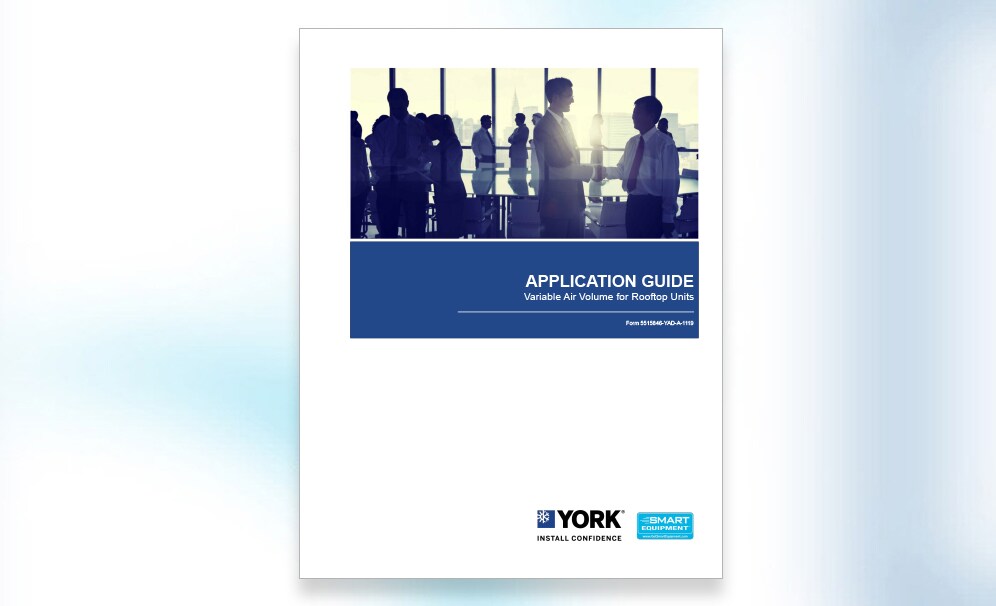DOE: Driving Change Around Energy Efficiency
The U.S. Department of Energy (DOE) sets minimum cooling efficiency standards for rooftop units (RTUs), as well as the energy-efficiency standards for the gas-fired furnaces that are often used in RTUs. Beyond that, the DOE can also mandate that each state update its commercial building codes to meet specific requirements, including ones like ASHRAE/IESNA Standard 90.1.
DOE Support of Standard 90.1 Creates New Expectations
Rooftop units servicing large, open areas are usually set up with either constant volume (CV) or single-zone, variable-air volume (SZVAV) control logic. In simple terms, a CV system supplies the same amount of air across the occupied space, while an SZVAV varies the airflow to match the system capacity to the room load. With the energy-efficiency gains made possible by SZVAV systems in a variety of applications, requirements for SZVAV were added to the 2010 edition of ANSI/ASHRAE/IESNA Standard 90.1, “Energy Standard for Buildings Except Low-rise Residential Buildings.” Recognizing the energy-savings potential, the DOE further mandated that each state update its commercial building codes to meet or exceed Standard 90.1, and it maintains a database showing the minimum adoption level required by state.
Two New Standards Push the Industry
The impact of DOE mandates is just one of many factors bringing about a transformation in rooftop unit design. To learn more about how DOE efficiency requirements are being met in today’s high-performing rooftop units, download your free copy of the complete Variable Air Volume (VAV) Application Guide for Rooftop Units.
